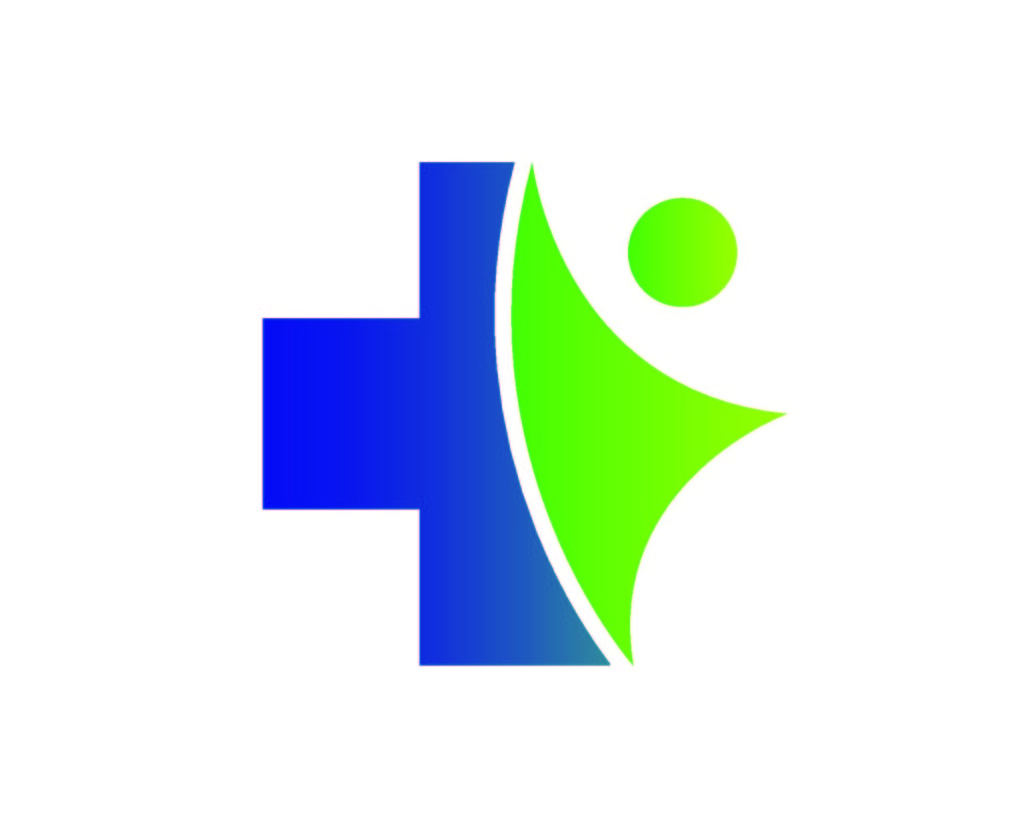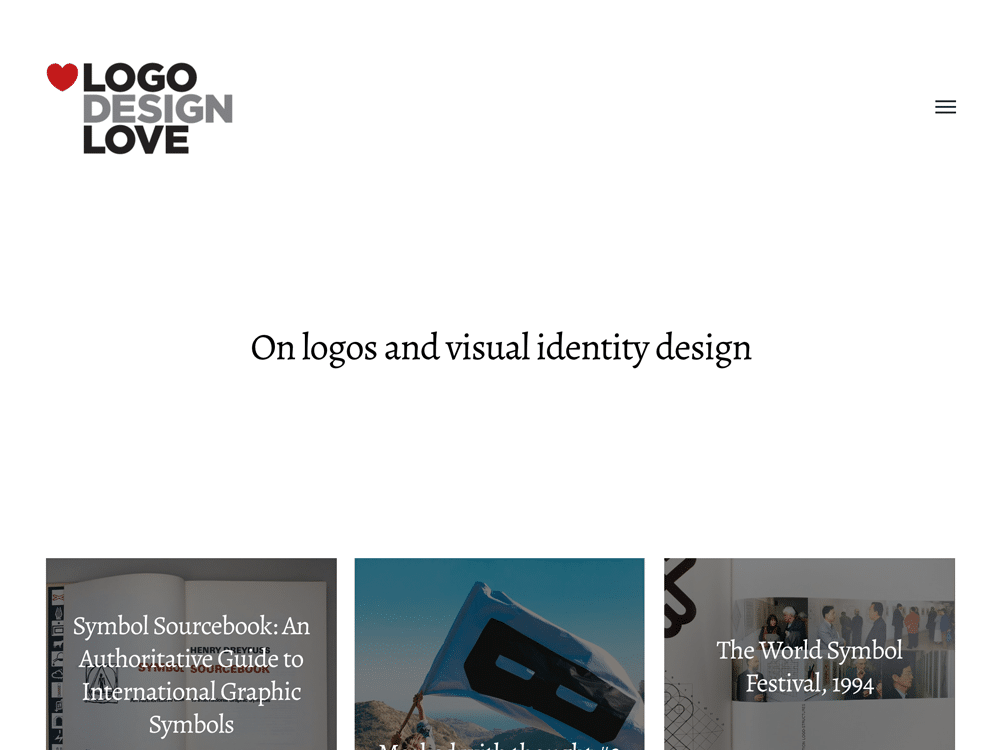Table Of Content

The recommendation is to separate the formative and summative WBAs, as feedback in summative instances is often not recognized as a learning opportunity or an instance to seek feedback [54]. In terms of the design, an organizational format is needed to clarify to students how formative assessments can promote learning from feedback [56]. Harrison et al. (2016) identified that enabling students to have more control over their assessments, designing authentic assessments, and facilitating long-term mentoring could improve receptivity to formative assessment feedback [56]. Repeatedly, the articles considered in this review describe that long-term and stable relationships enable the development of trust and respect [35, 62] and foster feedback-seeking behavior [35, 67] and feedback-giver behavior [39].
A Comprehensive Guide to Medical Device Design

Interpower’s Ralph Bright defines these requirements and explains how to know which cord to select for your application. A mixed-methods research study evaluated how the 12-week, college-accredited course was faring. Although we adhered to the recommended protocols and methodologies, some relevant papers may have been omitted. The research team decided to select original studies and reviews of the literature for the present scoping review. This caused some articles, such as guidelines, perspectives, and narrative papers, to be excluded from the current study.
More stories in Health
3 Technologies Advancing Medical Applications - Tech Briefs
3 Technologies Advancing Medical Applications.
Posted: Mon, 22 Apr 2024 11:08:15 GMT [source]
It highlights that in health and medicine design is often interrelated with engineering, and is typically represented by medical products and devices created by medical engineers. It is argued that medical products and devices have often favoured technological advancement over ‘design’, and patients’ needs and requirements. Yet despite overlooking factors that are quintessential in design, such engineers often refer to themselves as ‘designers’.
Innovation Consulting
Through a series of modules, the skills course introduces Design for Manufacture and important concepts around production cost and the interplay between design choices, manufacturing processes and cost. Medical image reconstruction and the design of an implanted device take students inside the body, designing for specific anatomy and bio-compatibility. ISO acts as a guide for risk management in medical device development, providing clarity, processes, and insights. All our employees undergo rigorous training in compliance with QMS standards and product-specific standards relevant to their expertise. With over two decades of experience in developing medical devices across various classes, we have a proven track record of surpassing all regulatory challenges.
Table 5 summarizes those feedback tasks, activities, and key features of organizational aspects that enable each phase of the feedback loop based on the literature review. Learning-oriented students aim to seek feedback to achieve clinical competence at the expected level [75]; they focus on improving their knowledge and skills and on professional development [17]. Performance-oriented students aim not to fail and to avoid negative feedback [17, 75].
Streamline Medical Device Design by Engaging Early with An Expert Textile Component Supplier - Medical Design & Outsourcing
Streamline Medical Device Design by Engaging Early with An Expert Textile Component Supplier.
Posted: Mon, 01 Apr 2024 07:00:00 GMT [source]
We can utilize this feedback to make improvements to the design and functionality of the product. Internally we use medical product prototyping to help our team create more accurate estimates of project completion. Our products are subject to strict regulations, and we focus heavily on regulatory compliance. Our unique teams of designers, engineers, and researchers take part in interdisciplinary collaboration to create human-centered products.
This review explored how feedback processes are organized in these learning contexts using the feedback loop framework. Context impacts feedback processes [30, 82], and there are barriers to incorporating actionable feedback in the clinical learning context. The clinical learning culture is partly determined by the clinical context, which can be unpredictable [29, 46, 68], as the available patients determine learning opportunities. Although feedback encounter forms are a recognized way of obtaining information about performance (i.e., feedback dimension), the literature does not provide many clear examples of how they may impact the feedforward phase. For example, Joshi et al. (2016) consider a feedback form with four fields (i.e., what did you do well, advise the student on what could be done to improve performance, indicate the level of proficiency, and personal details of the tutor).
Regulatory Compliance in Our Medical Device Design
I spend a lot of my time working with people who grew up with typical hearing and then chose to have cochlear implants after losing their hearing — these are folks who didn’t grow up in the Deaf community using sign language. However, both students and supervisors struggled to identify them as feedback moments, and they often dismissed questions and clarifications around case presentations as feedback [73]. Joshi (2017) identified case presentations as a way for students to ask for informal or spontaneous supervisor feedback [63]. Additionally, all the included papers were uploaded to AtlasTi v19 to facilitate the qualitative analysis. Three team members (JF, SH, and DS) independently coded the first six papers to create a list of codes to ensure consistency and rigor. Then, one member of the team (JF) used the code list to code all the rest of the papers.
The literature shows that feedback-oriented students are coproducers of learning [68] and are more involved in the feedback process [51]. Additionally, students who are metacognitively aware of their learning process are more likely to use feedback to reduce gaps in learning and performance [52]. For this, students must recognize feedback when it occurs and understand it when they receive it. Thus, it is important to organize training and promote feedback literacy so that students understand what feedback is, act on it, and improve the quality of feedback and their learning plans [68]. Summative organization of WBAs is a well described barrier for feedback uptake in the clinical workplace [35, 46].
In some contexts, it is common for a student to have several supervisors who have their own standards in the observation of performance [46, 56, 68, 83]. A lack of stable relationships results in students having little engagement in feedback [68]. Furthermore, in case of summative assessment programmes, the dual role of supervisors (i.e., assessing and giving feedback) makes feedback interactions perceived as summative and can complicate the relationship [83]. In undergraduate clinical education, feedback opportunities are often constrained due to the emphasis on clinical work and the absence of dedicated time for teaching [13]. Students are expected to perform autonomously under supervision, ideally achieved by giving them space to practice progressively and providing continuous instances of constructive feedback [14].

We all remember the intense stories from the early days of the pandemic, when medical teams lacked PPE and health-care institutions didn’t have enough space to properly care for patients. The ingenuity health care showed in that moment still inspires me, and many of the ideas that teams came up with in those moments were carried forward into today. Physicians with design experience dissect what is (and isn’t) working for patients, staff and facilities when it comes to offering quality care with wellness-focused benefits. Kolabtree helps businesses worldwide hire freelance scientists and industry experts on demand. Our freelancers have helped companies publish research papers, develop products, analyze data, and more.
This way, they were able to test ideas without significant financial investment, which was especially crucial in their first year of operation. So she partnered with an ISO-certified contract manufacturer, which significantly sped up the design and development phases, while also bringing technical precision to her vision. Although relying on external experts comes with risks, Deanne’s consultants were thoroughly invested. As a medical product engineering and development company, we prioritize functional design. Functional design emphasizes intuitive creativity and calculated scientific decision-making.
We create products with memorable identities by going beyond the basic psychological motivations of users. To successfully implement design control of medical devices, professionals with both technical and non-technical backgrounds, such as business administration, life science, engineering, computer science, and the arts are required. In the case of quality management standard, it does not follow the international or regional version of the ISO standard. This is because the FDA has different guidelines for quality management in medical devices for the US market.
The quality of a medical device is measured in a variety of metrics that include durability, accessibility, usability, and adaptability. We use processes to enhance all of these metrics to improve the quality of medical devices whether we are designing them and developing them, or whether we are simply refining an existing design. At RKS design and engineering work synergistically, ensuring that design decisions are made in consideration of engineering constraints and vice-versa.
Follow-up feedback could be organized as a future self-assessment, reflective practice by the student, and/or a discussion with the supervisor or coach [68]. The literature describes that a lack of student interaction with teachers makes follow-up difficult [43]. According to Haffling et al. (2011), follow-up feedback sessions improve students' satisfaction with feedback compared to students who do not have follow-up sessions. In addition, these same authors reported that a second follow-up session allows verification of improved performances or confirmation that the skill was acquired [55]. Self-assessments can change students' feedback orientation, transforming them into coproducers of learning [68]. Some articles emphasize the importance of organizing self-assessments before receiving feedback from supervisors, for example, discussing their appraisal with the supervisor [46, 52].
It only takes a minute to tell us what you need done and get quotes from experts for free. Lectures cover the fundamentals of mechanical and electrical hardware, short lab serve as skills-builders and invited speakers share their technical, clinical and healthcare business experiences. Design in Healthcare 2 draws heavily upon the Skills and Quality courses, training students to consider product development as a holistic process where decisions are complex and interrelated. The medtech sector has been slower than other industries to harness the business value of design.

No comments:
Post a Comment